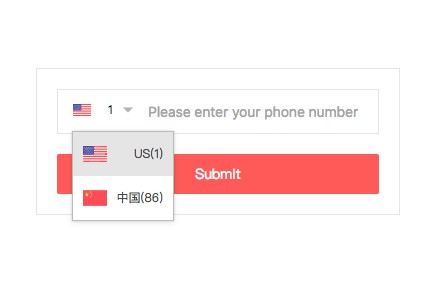react-useragent
Integrate user-agent detection in an idiomatic React way.
Installation
yarn add @quentin-sommer/react-useragent or npm i -s @quentin-sommer/react-useragent
Introduction
Imagine being able to render magnificent, deep links, beautiful download buttons for your app. Well, Now you can.
<div>
<UserAgent ios>
<BeautifulIOSButton/>
</UserAgent>
<UserAgent windows>
<BeautifulIWindowsButton/>
</UserAgent>
</div>
react-useragent wraps the great UAParser.js library and make it easy to use useragent knowledge inside your React applications.
react-useragent provides useful shortcuts but you can always use an escape hatch in case you want to access the underlying library.
Usage
First you need to wrap your App in a <UserAgentProvider> tag.
You also need to pass a user agent string to <UserAgentProvider>.
On the browser that would be window.navigator.userAgent.
react-useragent works in server side rendering as well, just pass it the request useragent string. On express that would be req.headers['user-agent'].
import {UserAgentProvider} from '@quentin-sommer/react-useragent'
const App = (props) => (
<UserAgentProvider ua={window.navigator.userAgent}>
<div>
{/* rest of your App */}
</div>
</UserAgentProvider>
)
Then use the <UserAgent> component.
react-useragent expose some props, these are optimized and using them will be faster than directly accessing the UAParser.js library.
Available props for <UserAgent>
- computer
- windows
- linux
- mac
- mobile
- tablet
- android
- ios
- firefox
- chrome
- edge
- safari
Theses props are cumulable : <UserAgent firefox mobile> will match both firefox browser and mobile systems.
import {UserAgentProvider, UserAgent} from '@quentin-sommer/react-useragent'
const App = (props) => (
<UserAgentProvider ua={window.navigator.userAgent}>
<div>
<UserAgent mobile>
<p>This will only be rendered on mobile</p>
</UserAgent>
</div>
</UserAgentProvider>
)
You can also use this alternative API if you find it more convenient
<UserAgent mobile>
{uaIsMobile => (
{uaIsMobile && <p>This will ONLY be rendered on mobile</p>}
{!uaIsMobile && <p>This will NOT be rendered on mobile</p>}
)}
</UserAgent>
For full power you can always access the underlying parser with the returnFullParser prop
<UserAgent returnFullParser>
{parser => (
<p>I see you, {parser.getOS().name} {parser.getCPU().architecture}</p>
)}
</UserAgent>





